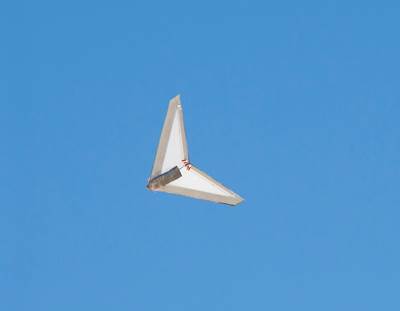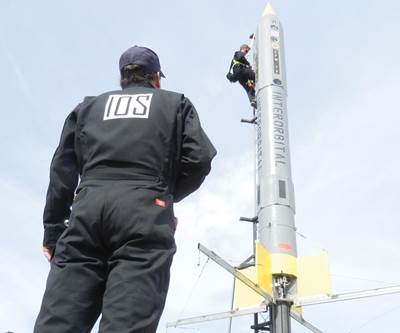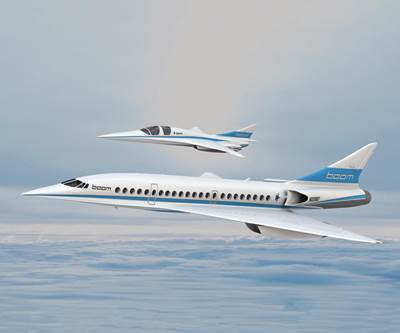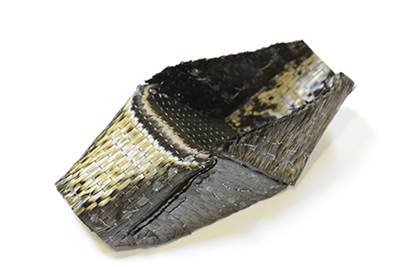Carbon Fibers
Wet-spinning carbon fiber precursor begins in Australia
Australian R&D center CSIRO is working on wet-spinning polymers to produce precursors for carbon fiber. Polymers being used include polyacrylonitrile, cellulose, lignin and blends of these materials. Q&A with Derek Buckmaster.
Read MoreNASA carbon fiber glider to gather weather data during flight
The teams are still working on the design but the aircraft is expected to have a wingspan of about 3 feet and will be made of double ply, carbon fiber.
Read MoreGoogle shoots the moon
Google Lunar XPRIZE contenders turn to space- and launch-friendly composites.
Read MoreA tsunami of growth: An inside look at the CSP/Teijin merger
I had the opportunity to meet and interview the top executives of Continental Structural Plastics (CSP, Auburn Hills, MI, US) and Teijin Ltd. (Tokyo, Japan) last week. The occasion was an open house and celebration of the acquisition of CSP by Teijin.
Read MoreCompression molding: New materials and markets
From multifunctional aircraft interiors to compounds using continuous fabrics to the growing use of recycled carbon fiber – compression molding offers new opportunities.
Read MoreSupersonic flight goes commercial, again
Boom Technology describes its program to validate a cost-effective faster-than-sound airliner.
Read MoreUsing composites in infrastructure rehab for 30 years
Among many topics, CompositesWorld keeps tabs on composites in infrastructure and construction, a topic being discussed this week as it happens at the American Composites Manufacturers Assn.’s (ACMA) 2017 Infrastructure Day and NIST Workshop in Washington, D.C. Dr. Mo Ehsani is there.
WatchSeriforge: A new paradigm for composite preforms
Silicon Valley startup aims to produce complex 3D carbon fiber preforms with z-axis reinforcement at mass production scale using automated processing lines.
Read More3D-printed hybrid golf club head scores
Multi-material blend joins composite, titanium and brass.
WatchComposite printing process focused on scale, speed
With roots in the boat manufacturing industry, Ken Tyler felt there had to be a better way to fabricate composite parts than the mostly manual, labor-intensive methods practiced throughout his industry.
Read More

















